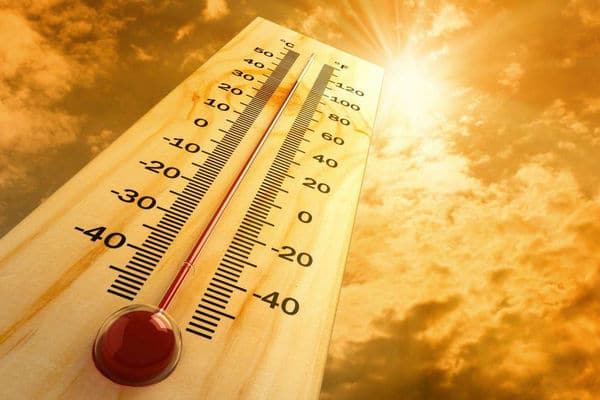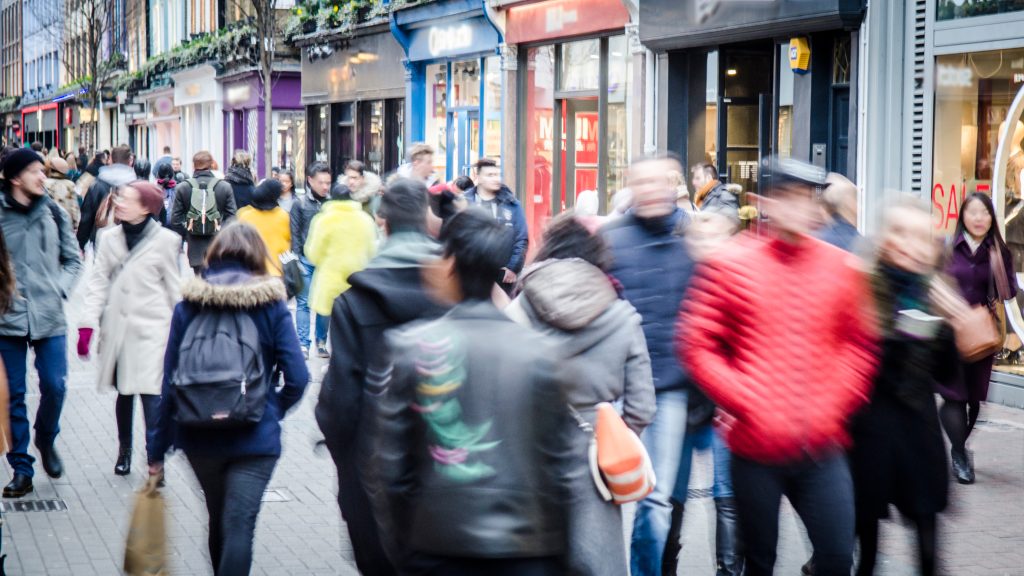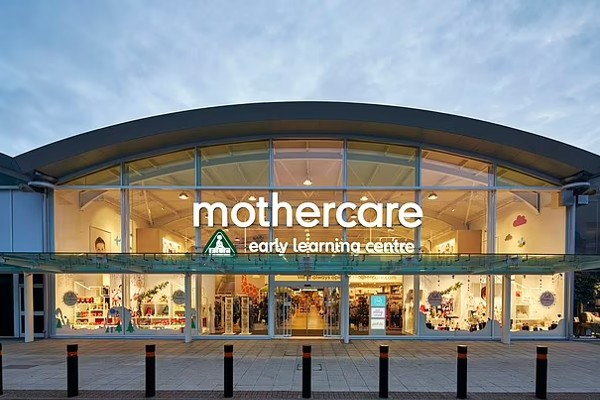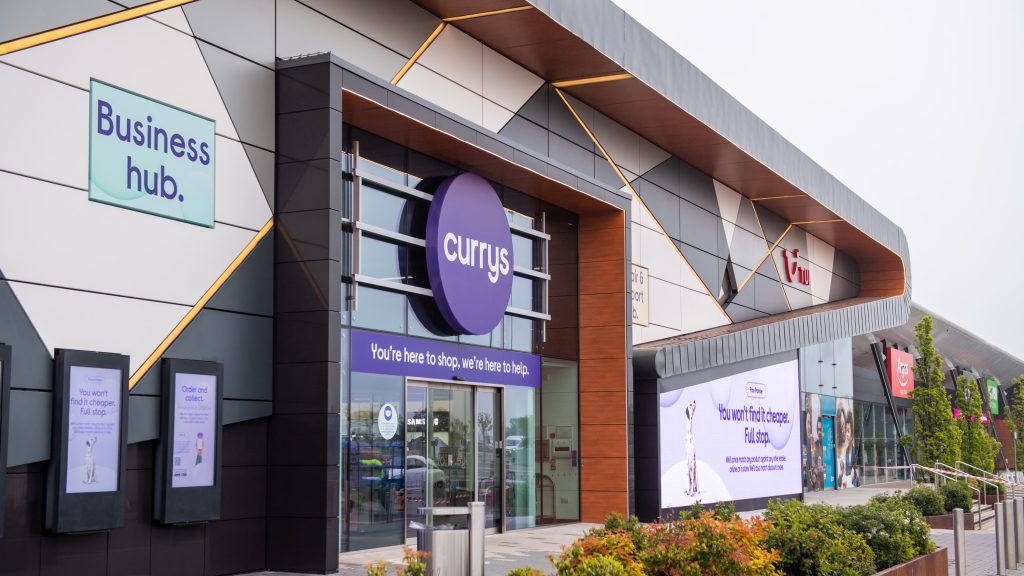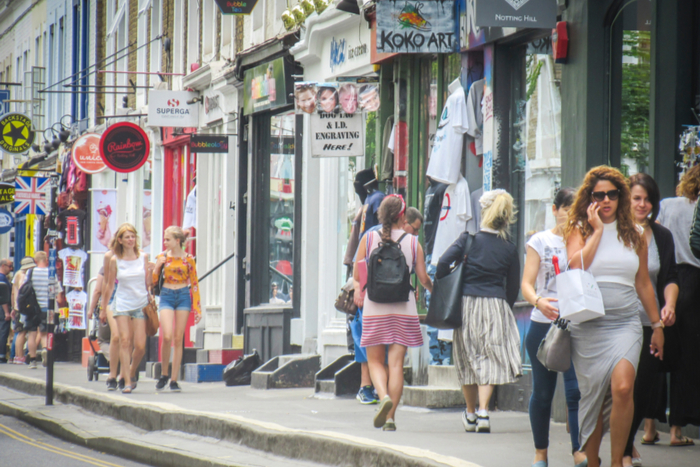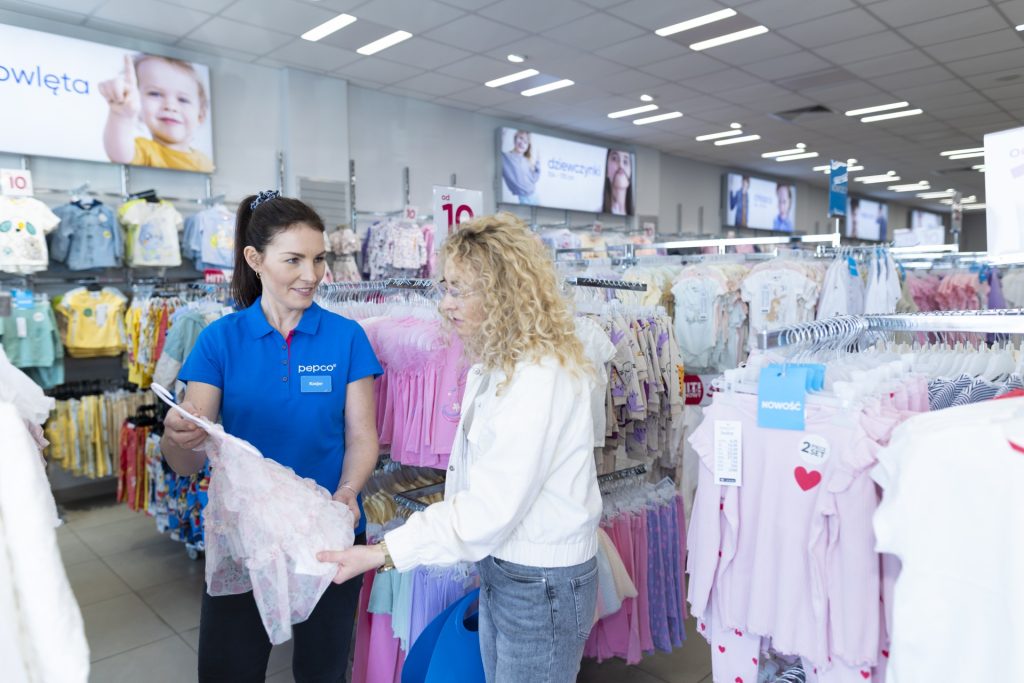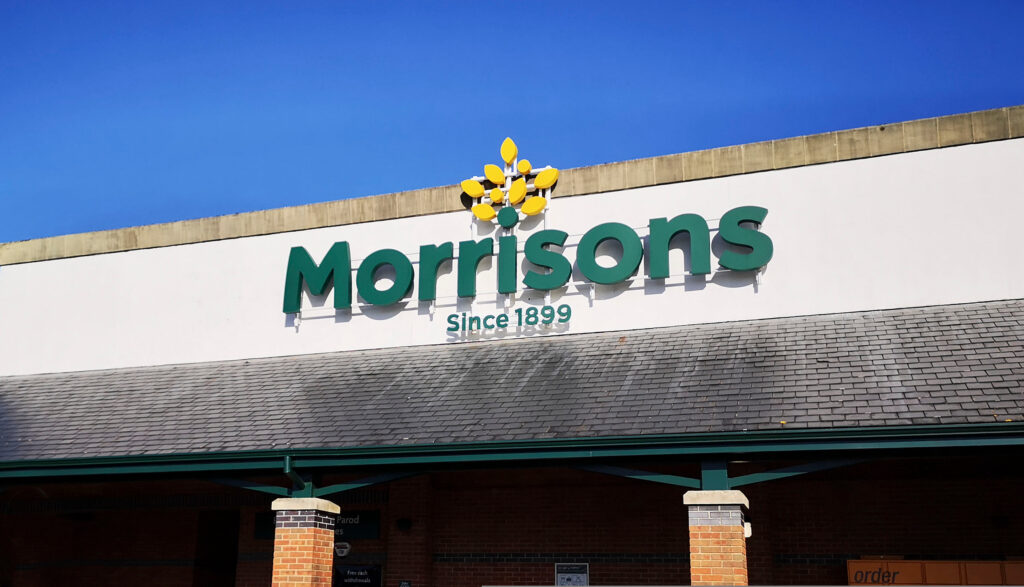Recent figures showing retail sales increasing across the board despite Brexit uncertainty were largely attributed to July being the hottest on record.
Last month’s heatwave is suspected to have had a massive effect on retail sales. Figures from a recent study by retail analytics provider Blue Yonder have shown that consumers don‘t just buy more in extreme weather conditions, but are willing to pay more for key items.
According to the survey, over half of UK consumers are willing to pay up to seven per cent more on “heatwave survival items”. These include items like ice cream, sun cream, cold drinks, barbecue food, bikinis and deodorant.
Brits are on average willing to pay up to 4.4 per cent more on ice cream, 5.8 per cent more on cold drinks, 4.3 per cent more on barbecue food, 6.5 per cent more on summer clothes, 5.6 per cent more on sunglasses, 4.5 per cent more on paddling pools, 5.9 per cent more on deodorant and a massive seven per cent more on sun cream.
“Retail is an industry characterized by its fine margins. Even the smallest percentage change can have a significant impact on the profitability and success of a retailer – in today‘s market place where big name brands like BHS are closing down, these finer details are critical,” Blue Yonder’s head of marketing Dunja Riehemann said.
The survey also found that age has an effect on how much more consumers were willing to spend. Millennials were found to be over twice as likely to pay more for survival items, at 71 per cent compared to 28 per cent.
RELATED: Rio and Retail: How the Olympics has affected online sales
It is therefore increasingly important for retailer‘s prices to fluctuate according to demand from national events.
“National events like the Olympics or Euro 2016 have a clear impact on demand as well, especially when you consider merchandise for a national sports team,” Riehemann said.
“As soon as a tournament is finished, or even when a team gets knocked out of a tournament early, prices of replica kit are altered to reflect demand and what the customer is willing to pay.
“It is likely that we would expect to see similar findings from research into the wetter months and consumer spending on umbrellas for example
“It is crucial for retailers to incorporate external influencing factors into their pricing and replenishment systems. By gaining insight into what influences prices and sales, retailers can optimize their pricing and ensure they have the right amount of the right product in the right place.”
Click here to sign up to Retail Gazette’s free daily email newsletter

